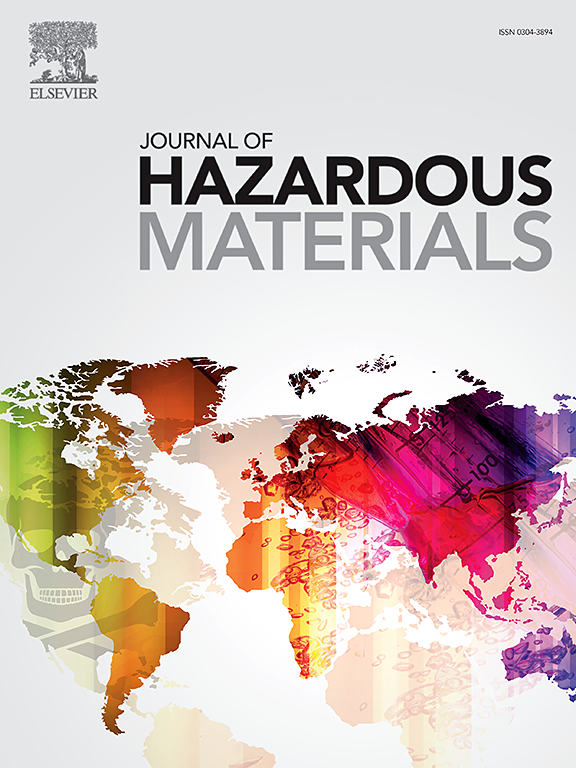Assessment of nicotine and degradation products in cigarette butts leachates after detoxification by white rot fungi
IF 12.2
1区 环境科学与生态学
Q1 ENGINEERING, ENVIRONMENTAL
引用次数: 0
Abstract
Cigarette butts (CBs) are widespread hazardous waste contaminating the environment due to the recalcitrance of the filter and the toxicity of the contaminants leached. This paper evaluated through analysis of contaminants and toxicity bioassays on Raphanus sativus seeds, the ability of four fungal strains of white rot fungi to treat cigarette butts, including 2 native strains of Trametes sp. (strains BAFC 4765 and BAFC 4767), one of Irpex lacteus (strain BAFC 4766) and one commercial strain of Pleurotus ostreatus (strain BAFC 2034). Each strain was grown in a medium of water-soaked CBs in axenic conditions at Erlenmeyer-scale during six weeks, analyzing leachate samples periodically by HPLC-MSn. Temporal evolution of nicotine as well as the transformations of tobacco alkaloids and other contaminants generated by the different fungal treatments were characterized. Nicotine was degraded significantly by the end of the treatments although variations were found among the fungal strains, proposing a degradation mechanism based on the 12 tobacco alkaloid transformation products identified. Leachates from CBs showed a total inhibition of germination on Raphanus sativus seeds whereas those obtained after 6 weeks of treatment displayed a significant decrease of phytotoxicity (7-20% inhibition of germination) exhibiting sublethal effects. The results obtained in this work support the development of CBs fungal treatment for waste detoxification on a larger scale.

求助全文
约1分钟内获得全文
求助全文
来源期刊

Journal of Hazardous Materials
工程技术-工程:环境
CiteScore
25.40
自引率
5.90%
发文量
3059
审稿时长
58 days
期刊介绍:
The Journal of Hazardous Materials serves as a global platform for promoting cutting-edge research in the field of Environmental Science and Engineering. Our publication features a wide range of articles, including full-length research papers, review articles, and perspectives, with the aim of enhancing our understanding of the dangers and risks associated with various materials concerning public health and the environment. It is important to note that the term "environmental contaminants" refers specifically to substances that pose hazardous effects through contamination, while excluding those that do not have such impacts on the environment or human health. Moreover, we emphasize the distinction between wastes and hazardous materials in order to provide further clarity on the scope of the journal. We have a keen interest in exploring specific compounds and microbial agents that have adverse effects on the environment.
 求助内容:
求助内容: 应助结果提醒方式:
应助结果提醒方式:


